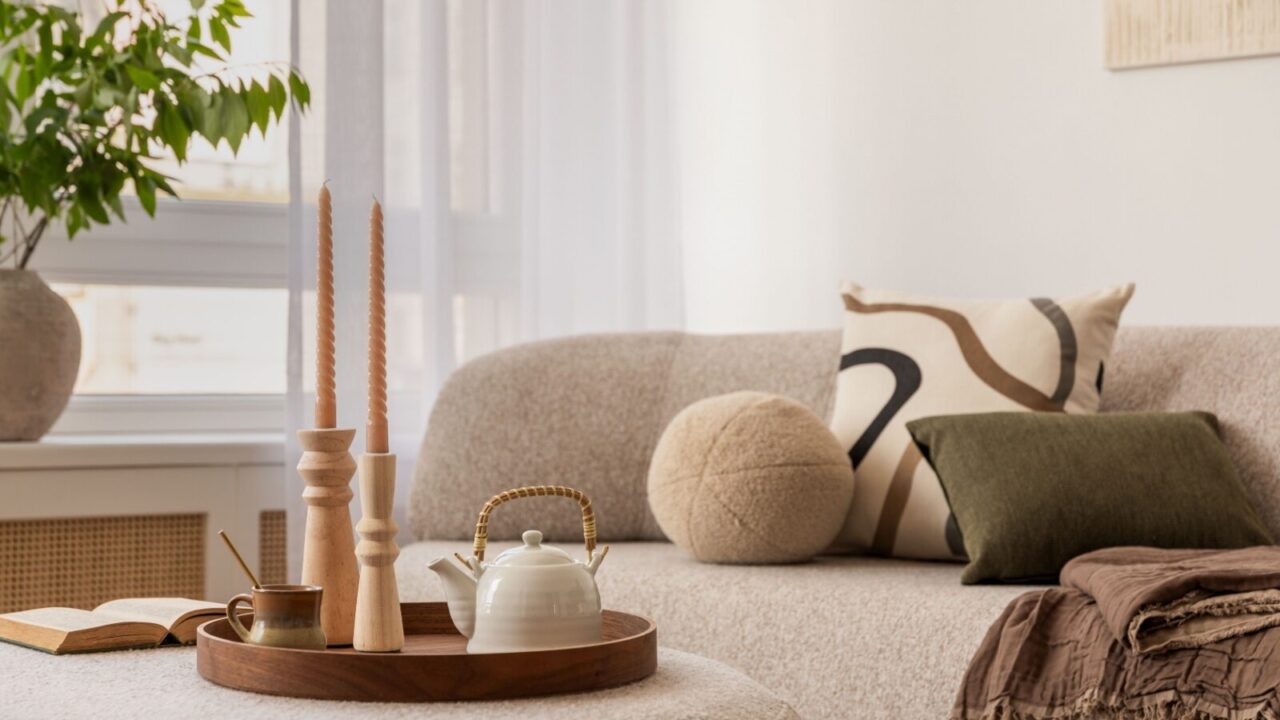
Small Space Design Dos and Don’ts
If you’ve ever found yourself squeezing past furniture or feeling like your room is shrinking with every decor decision, then you need to read this post.
Designing a small space is a unique challenge, but the fact is a well-designed space doesn’t depend on square footage but on smart, intentional choices.
This post will help you avoid those common mistakes that often make small spaces feel cramped, cluttered, or just plain awkward.
Swipe or scroll to know the dos and don’ts of small-space design, so you can make the most out of every square inch of your home.
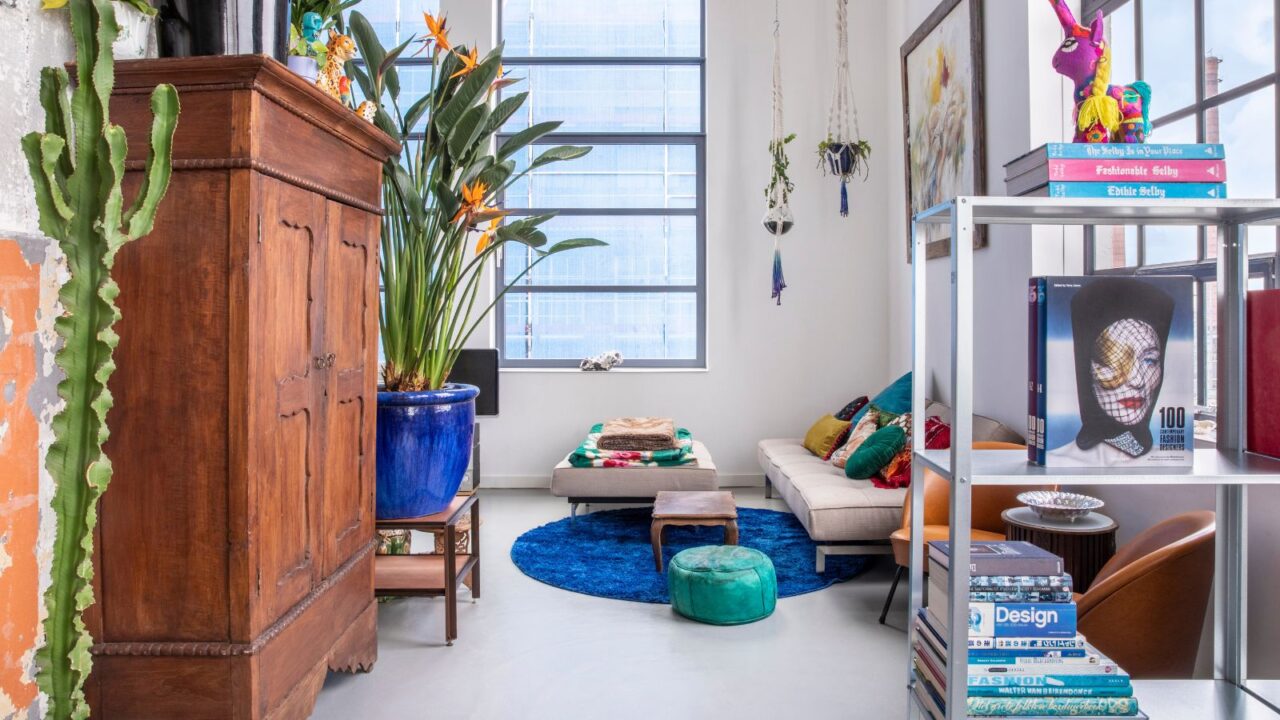
Excessive Furniture
One common mistake people make in small spaces is putting in too much furniture. In small spaces, every piece should serve a purpose.
Instead of crowding the room, try fewer, multifunctional pieces. Look for items with hidden storage, like an ottoman that doubles as seating and storage.
Also, pay attention to furniture size when buying it. Opt for slim, streamlined pieces that fit the scale of your space.
Consider armless chairs, open-legged tables, or a love seat instead of a full couch.
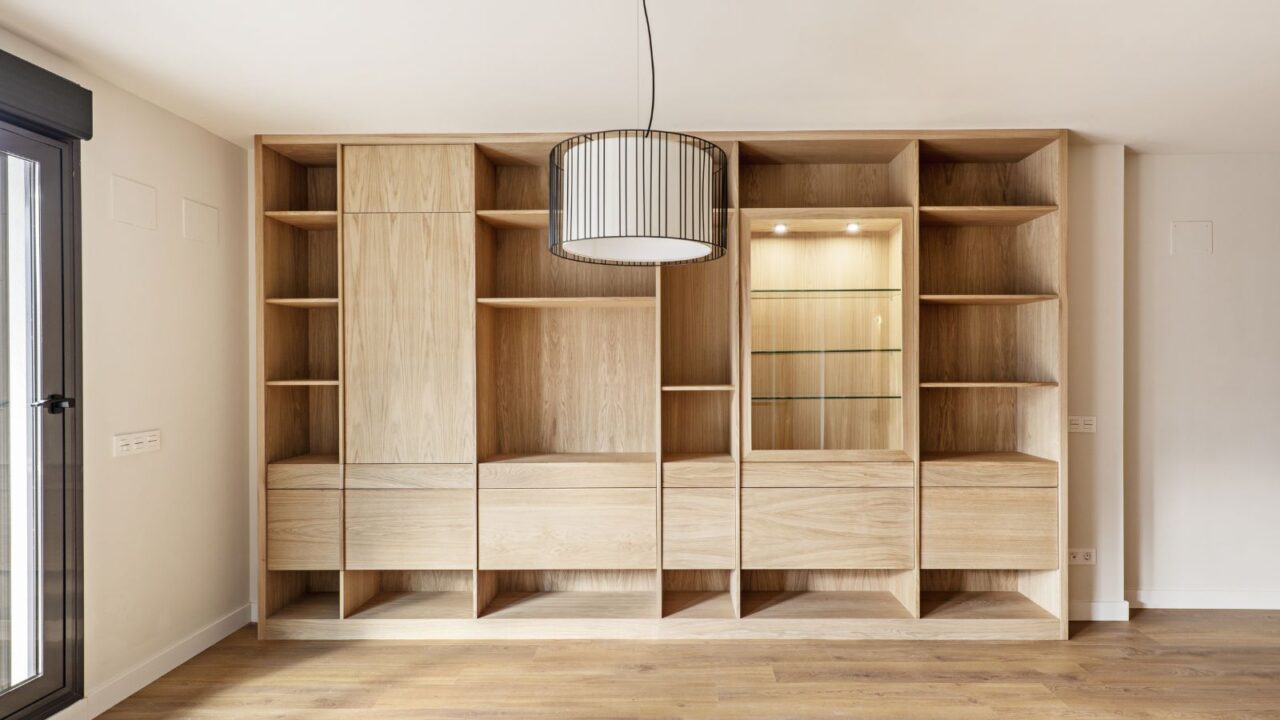
Unused Vertical Space
When you are tight on space, look above. Vertical space is often untapped storage potential you are missing.
Look for dead corners in your room, and add vertical shelves or change the existing cabinetry with tall pieces to get the best of your space.
You can also use hanging plants and floating shelves for the decorative touch without taking up square footage.
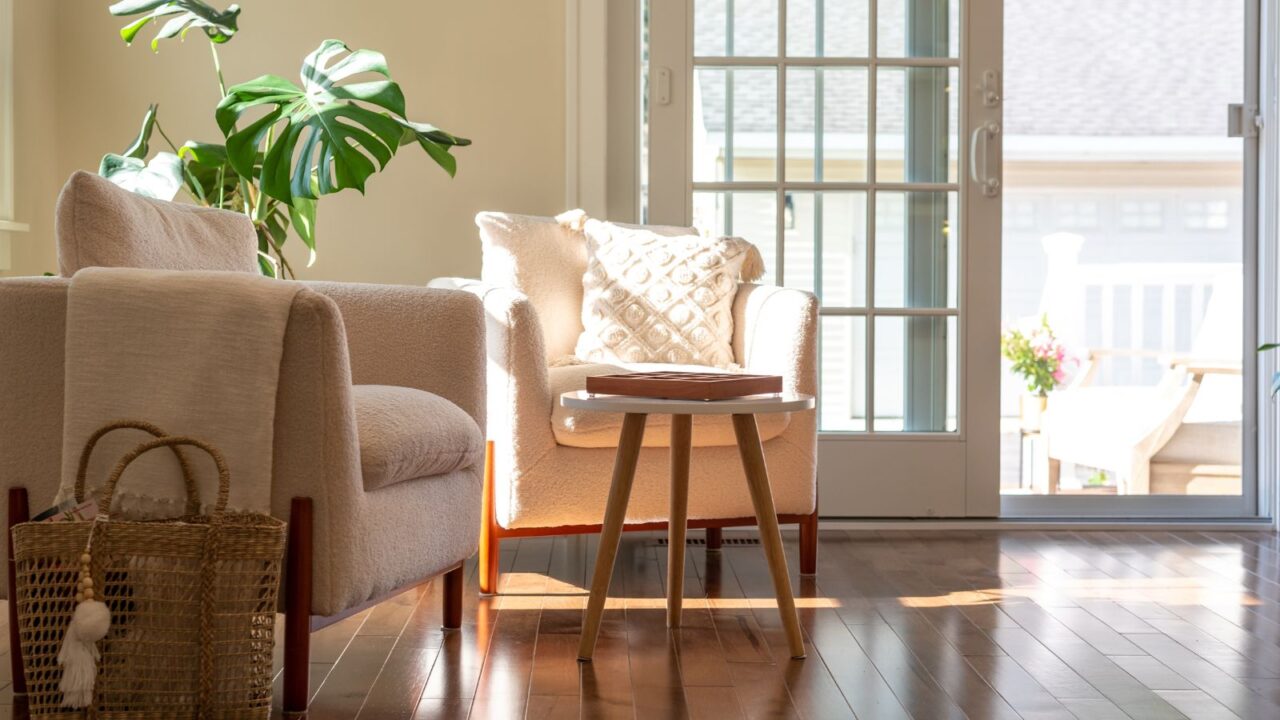
Blocking Natural Light
Not having enough windows or covering it with heavy curtains is another common mistake in small spaces.
Natural light makes your room feel more spacious. So by blocking it, you aren’t doing any good for your space.
Instead of the heavy drapery, opt for light, sheer curtains to allow maximum light exposure in the day. Strategically place the mirror near the window to further enhance the light exposure.
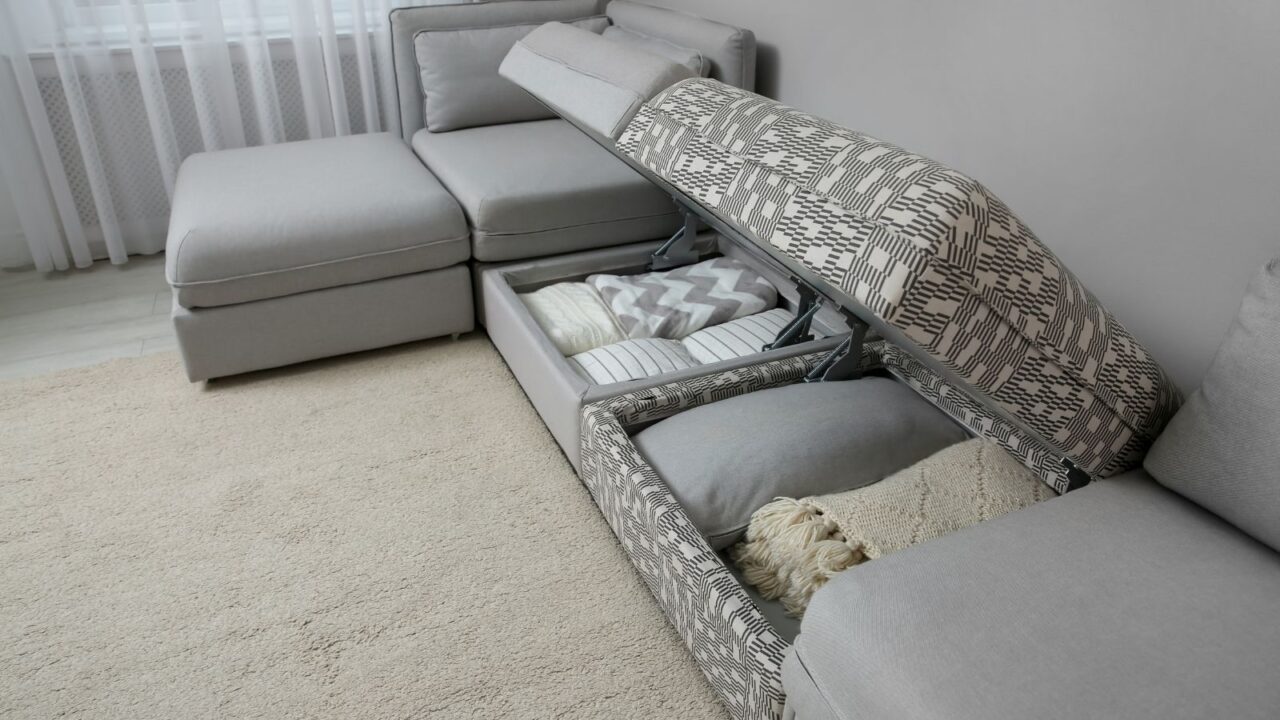
No Storage Solutions
Lack of storage often leads to clutter, which can make a small space feel even tighter.
Invest in furniture that provides hidden storage, such as coffee tables with compartments, beds with built-in drawers, and sofas with storage ottomans.
Moreover, add footstools or rattan baskets with lids in every room so you can quickly scoop everything up and hide it away when you’ve guests over.
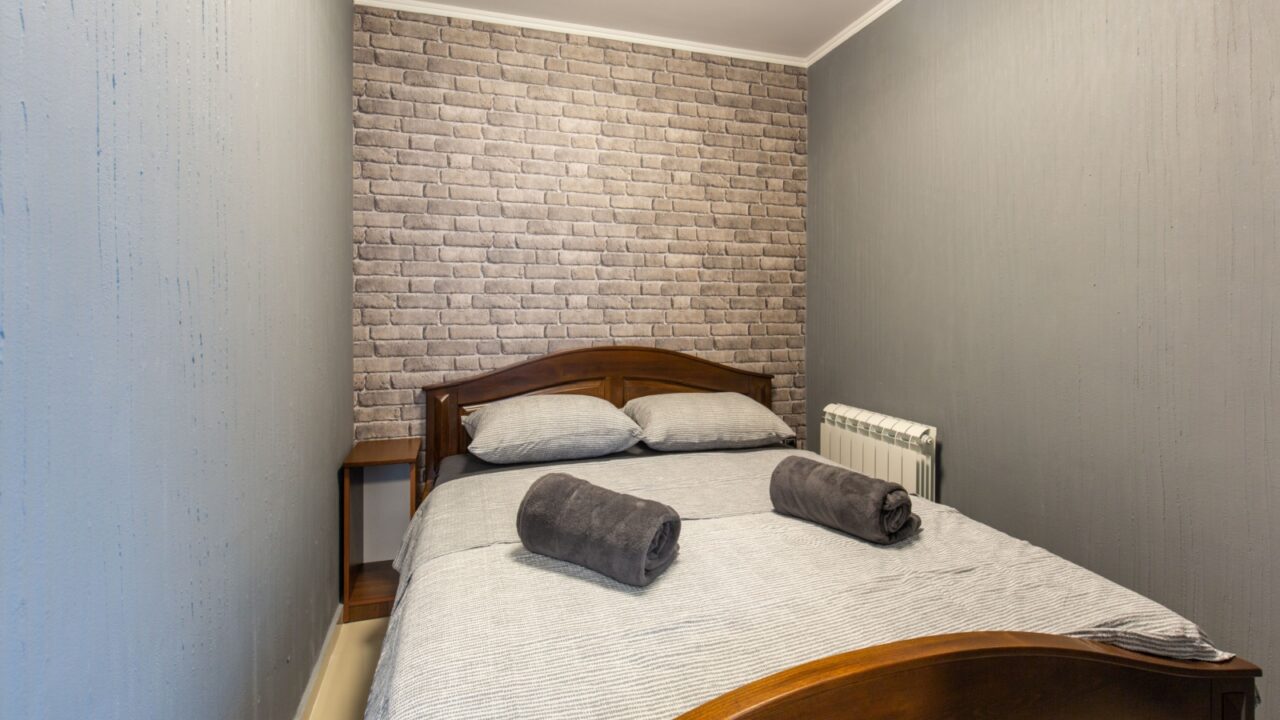
Overlooking Scale and Proportion
Choosing items that aren’t scaled for your space can tip off the room’s balance. Oversized furniture artwork, or decor can make a small room feel cramped.
Stick with appropriately scaled pieces that suit your room’s dimensions. A small but well-placed piece of art or a modest lamp can add just as much charm without overpowering the space.

Overloading on Accessories
Accessories add character, but in small spaces, less is often more. Don’t make your room cluttered with pieces as decor just because you own it.
Instead of too many knick-knacks and decorative items, choose a few meaningful items that fit the room’s style. Get rid of anything that you’re just keeping for the sake of keeping it.
Having a minimalist approach when it comes to accessories or decor items is also good for your budget.

Dark Colors
Using dark colors in small spaces is a big no-no. They only look elegant in large rooms. When you have a small space, go with lighter shades.
Opt for soft white, light grey, pale blues, or soft blush hues. Light colors reflect light well and provide a crisp, spacious feel without being too stark.
They also add an airy look with a hint of warmth, instantly making your space feel more open.

Overdecorating Walls
Although using walls is great for maximizing floor space, avoid overdoing it. Don’t make it a hub of clutter by putting unnecessary items on them.
Only display a few statement pieces and give them room to breathe. Grouping smaller items, like small potted plants in a round rattan tray, can also create a cohesive look without overwhelming the wall space.
Aim for a balanced display that draws the eye without feeling busy.

Skipping Area Rugs
If you think adding a rug can make your small space feel more cramped then think again. The right-sized area rug can anchor the space.
Smaller rugs tend to break up the room, so choose a rug large enough to fit under furniture edges to create a unified look.
Choose a rug size and style that complement your space’s color scheme and layout.
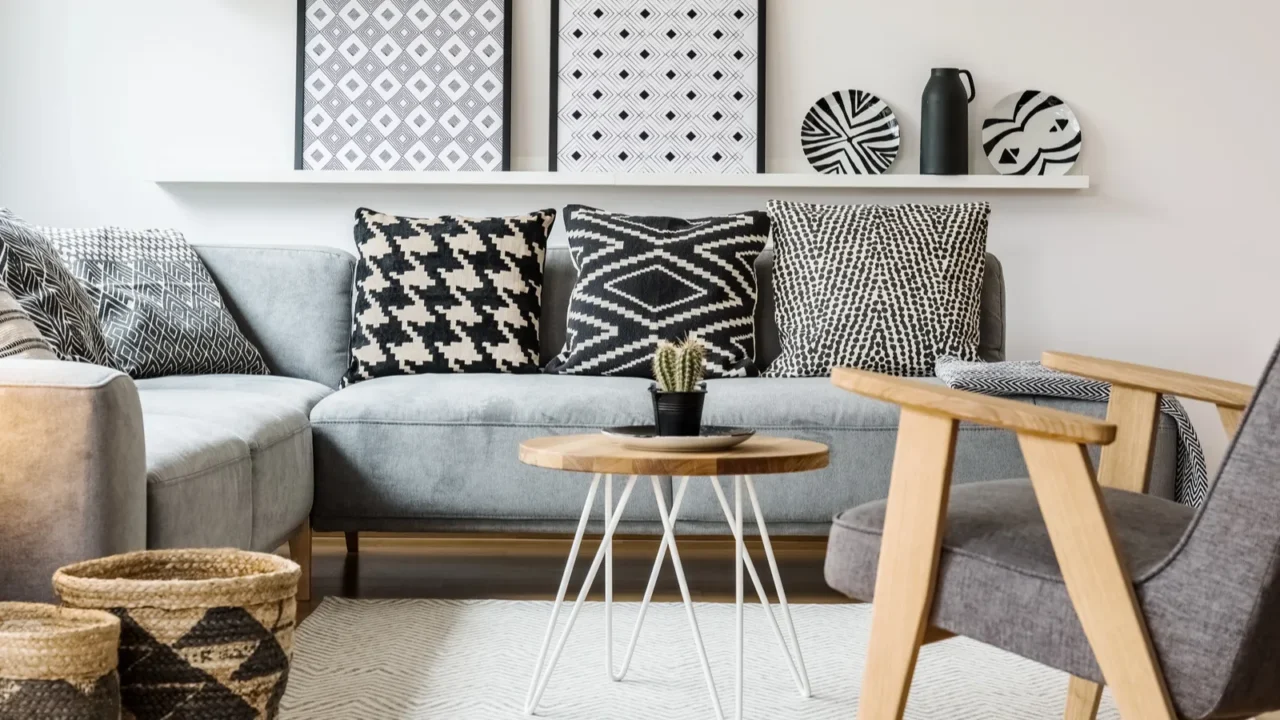
Choosing Busy Patterns
How would you feel coming back home from work to a room filled with busy patterns? Not so soothing, right?
While patterns can add personality, too many busy designs can overwhelm a small space. Therefore, stick to simple patterns or use them sparingly to avoid visual clutter.
If you love bold prints, consider incorporating them through pillows or small accents like frames or art pieces rather than on large pieces like sofas, curtains, or rugs.
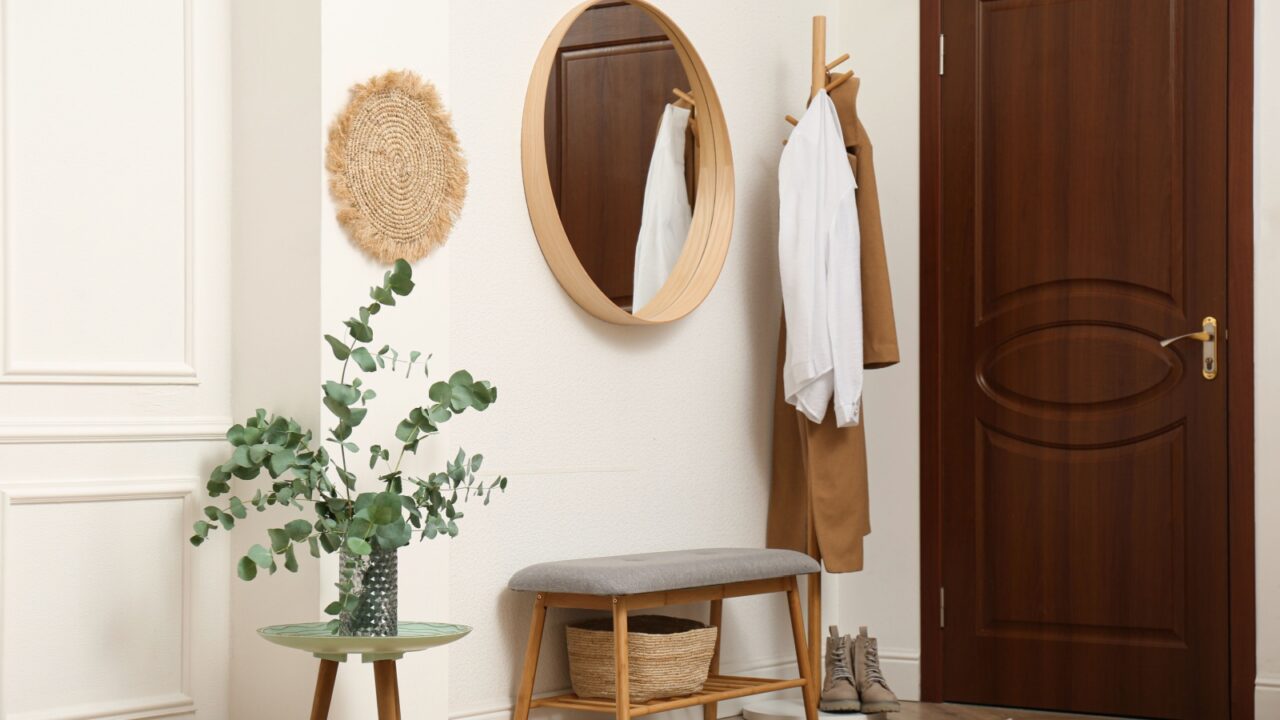
Neglecting Door and Entry Spaces
The right door and entry space can make a huge difference more than you think. It’s time to stop overlooking this area.
Think about smart storage solutions such as over-the-door hooks, slim shoe racks, or wall-mounted organizers to keep essentials accessible without taking up floor space.
Also, consider placing a shoe cabinet with a seat to sit and put away shows right away to avoid pile-ups right at the door.
There should be dedicated space for all the items you must leave near the door, like keys, overcoats, and shoes.

Following Trends
Are you someone who constantly falls into trend traps? There is nothing wrong with decorating your home with trending items, but it’s important to keep a balance.
A trend that compliments a small space is good. However, don’t start following each and everything. For instance, maximalism is trending again, but it’s a big no for small spaces.
Fill your home with functional items rather than trendy ones.
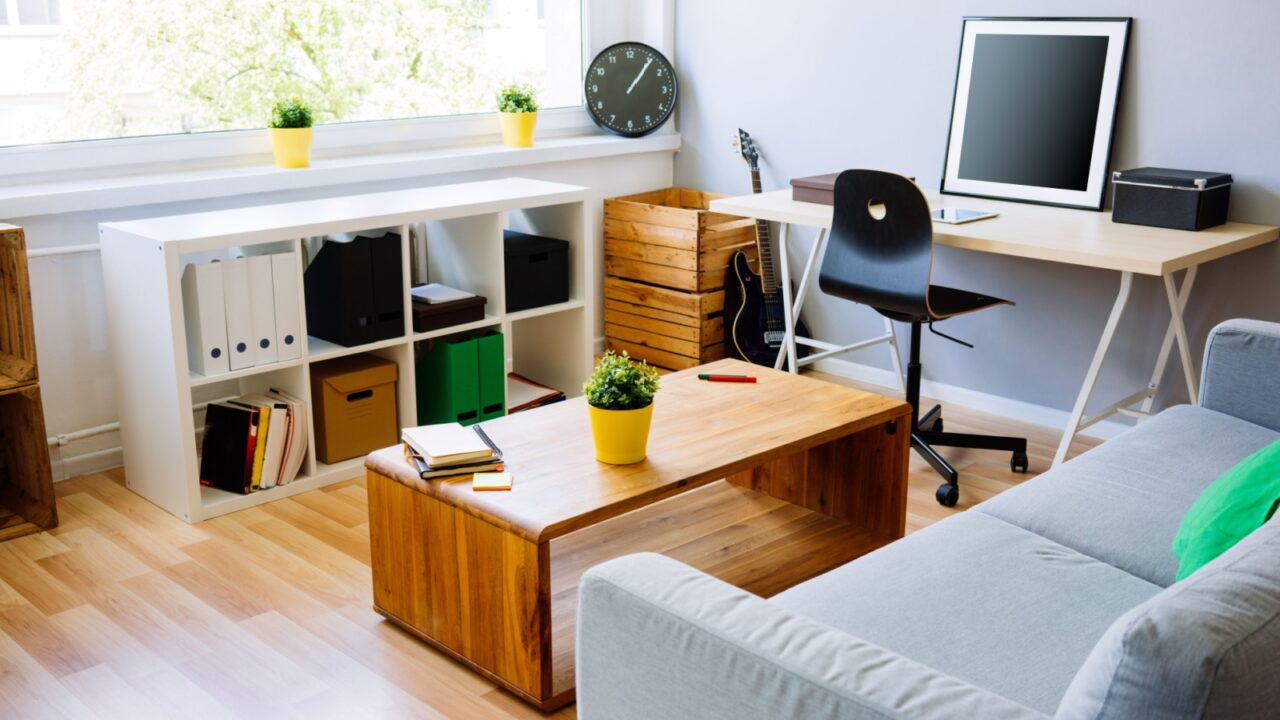
Lack of Defined Zones
How do you feel about creating a specific zone for each task?
Imagine a small living room with a cozy chair by the window for reading and a small sofa on the other side for watching TV. This way you can use one room for multiple activities.
Similarly, you can set up a chair and work table in your living room; this way, it can serve as a workplace as well.
When each zone has a clear function, it brings structure to the room and reduces the clutter as well.

Poor Lighting Choices
No matter how perfectly and strategically you arrange a small space, poor lighting can make it feel cramped and uncomfortable.
The right choice of lighting will make every part of the room shine and the wrong ones can ruin all the aesthetics of the room.
Instead of relying on one overhead light, go with layered lighting (overhead, task, and accent). Think wall sconces, table lamps, or under-shelf lighting.
To achieve the right ambiance for your home, check out 15 Lighting Mistakes That Dull Your Decor’s Style.

Not Decluttering Regularly
Do you have a weekly or monthly schedule to declutter unused items, if not then make one.
The key rule of the organized home is to keep only things you need or love. Anything else, regardless of the money spent on it, has to go away.
Start with one room at a time, declutter, and then add items that can be of use. The best place to start is the living room. For that, you might want to check out: Small Living Room Solutions (Maximizing Space).